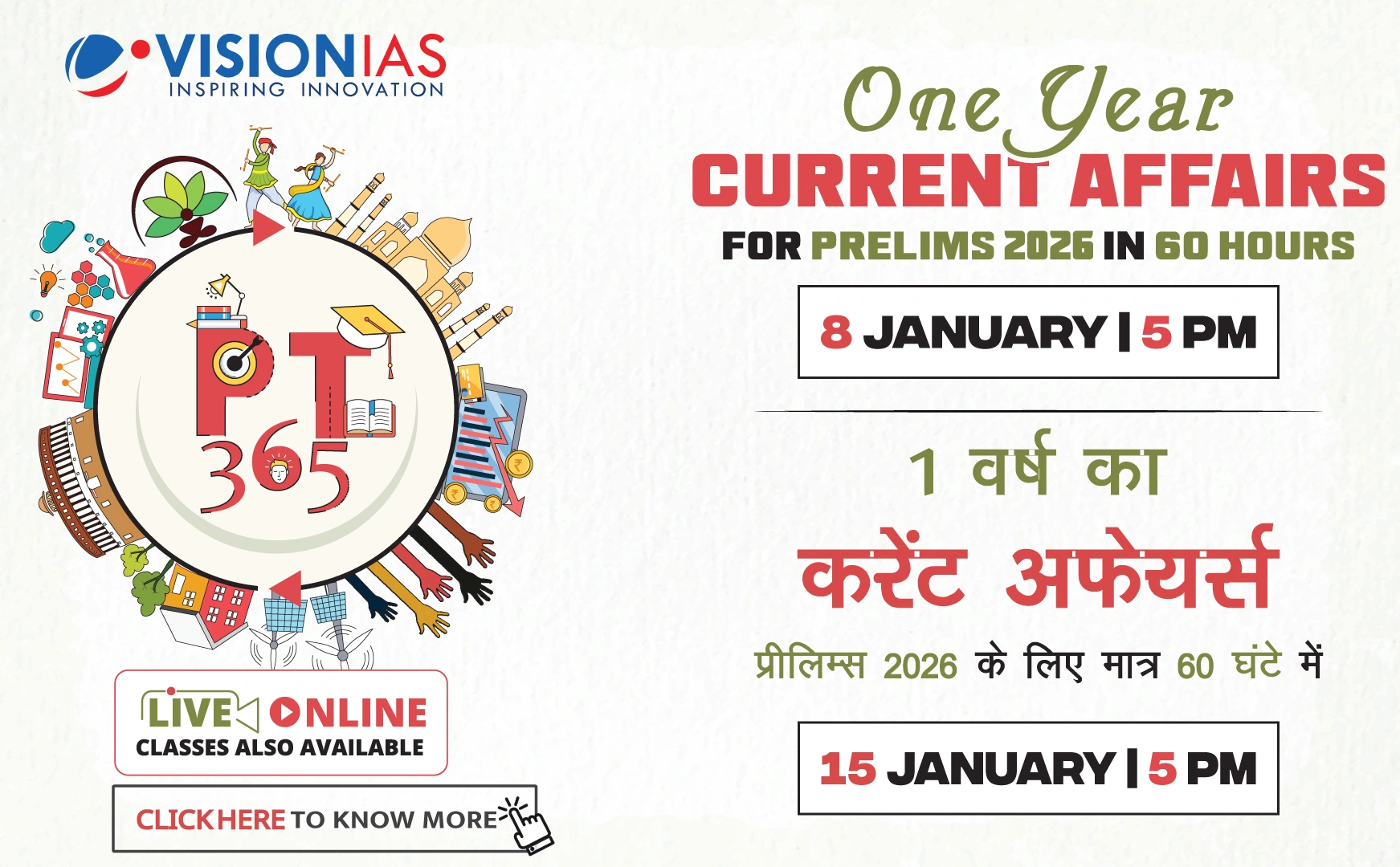Overview of India-Bhutan Relations
Prime Minister Narendra Modi's visit to Bhutan underscores the enduring and successful partnership between the two nations. Despite differences in size and regional dynamics, the relationship remains strong, symbolizing the potential for mutually respectful and productive ties in the region. This visit reaffirms India's commitment to Bhutan's security and development while showcasing the spiritual and cultural connections between the nations.
Historical Context and Evolution
- The 1949 Treaty of Friendship laid the modern framework for India-Bhutan relations, reflecting the geopolitical realities of the time. Bhutan agreed to be guided by India in foreign affairs while India refrained from interfering in Bhutan's internal matters.
- Rising nationalism and the intervention of global powers led to the collapse of the protectorate model. Bhutan managed to expand its strategic autonomy without confrontation, unlike Nepal and Sikkim.
- India aided Bhutan in building administrative institutions, military training, and economic development, with hydropower cooperation becoming a key element of their partnership.
Modernization and Democratic Transition
The 2007 revision of the treaty established a new foundation for India-Bhutan relations, emphasizing mutual respect for sovereignty and independence. This change allowed Bhutan to pursue an independent foreign policy while maintaining close security and development ties with India.
- The democratic transition in Bhutan saw the transformation from a hereditary monarchy to a constitutional monarchy, with King Jigme Khesar Namgyel Wangchuck overseeing Bhutanese democracy.
Strategic Challenges and Cooperation
As China rises as a global and Himalayan power, Bhutan navigates a complex strategic landscape. It has no formal diplomatic ties with Beijing but engages in consultations to resolve boundary disputes. The Doklam plateau remains a contentious area.
- Bhutan seeks a peaceful boundary settlement while ensuring no external power compromises its sovereignty or India's security interests.
- Despite diversifying its diplomatic and economic relations, Bhutan continues to deepen ties with India through various projects, including hydropower, railways, digital initiatives, and education.
Lessons for Managing Asymmetric Relationships
The India-Bhutan relationship offers valuable insights into managing asymmetric partnerships in South Asia:
- Development Cooperation: Sustained, transparent, and locally prioritized cooperation builds lasting goodwill.
- Security Cooperation: Mutual benefits in security cooperation are more effective than imposed terms.
- Dispute Management: Resolving disputes, or managing them wisely, prevents deterioration of bilateral relations.
- Cultural Strengthening: Shared cultural ties add depth to bilateral relations.



